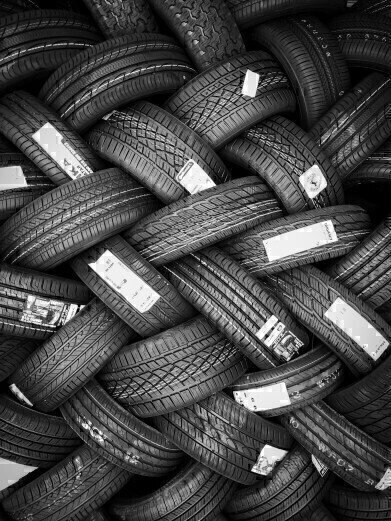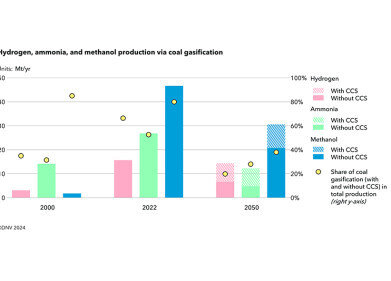Green Energy
How Can Old Tyres Recharge the Car Industry?
Dec 09 2014
What use is a car tyre once it reaches its legal limit? While the minimum threshold for tyre tread is 1.6mm on UK vehicles, old tyres may not be entirely redundant. Yes, they may be too dangerous to drive with, but they can be recycled into other useful items. And according to a new project, worn tyres could even be used to help the car industry, by enhancing batteries.
Batteries used in electric vehicles and renewable energy storage, for example, use an anode known as lithium-ion. As the part that stores power, lithium-ions are typically made with graphite. But while it’s effective - with both longevity and stability - there are fears that demand will soon outstrip supply, creating a bottleneck and price hikes that will affect the battery-making industry. But thanks to research by a team at Oak Ridge National Laboratory, things could be about to change - all because of car tyres.
How can car tyres make better batteries?
Tyres contain a substance known as ‘carbon black’, which is similar to graphite and can be used as a graphite replacement in batteries. Considering old tyres are in abundance across the globe, this is a promising prospect - especially as China currently holds a monopoly on graphite supply, which is causing problems for the growing battery industry.
Not only did the research team discover that carbon black could replace graphite in battery anodes, but they found it performed better due to its unique properties. And best of all, the potential for using car tyres in batteries is creating a brighter future because material costs are low. This will likely have a positive impact on fledgling technologies such as electric cars in particular.
How is carbon black extracted?
To produce carbon black, old car tyres are first of all shredded on an industrial scale. Then they’re chemically treated to create a slurry, which is filtered and dried into ‘cakes’. After these cakes are heated, the resulting substance is known as carbon black.
The discovery by the US-based research team solves two big problems: the increasing costs of making batteries and the environmental hazard of waste tyres. By turning a useless product into a valuable resource, the car industry can have a slice of self-sufficiency that will surely be a positive for us all. As well as the plus-points for car companies and battery manufacturers, consumer stand to benefit from better car batteries, more innovation and reduced waste.
What next?
Unfortunately, according to new research by the US Congressional Budget Office, the electric car is not as environmentally friendly as it is believed, nor is it a cost effective alternative to petrol or diesel-fuelled vehicles. However, by 2026 the cost of an electric car will break even with the cost of a hybrid. For more information on this topic, read: Electric Cars Do Not Fight against Air Pollution.
Events
May 05 2024 Seville, Spain
May 13 2024 Munich, Germany
May 23 2024 Beijing, China
May 23 2024 Beijing, China
Jun 10 2024 Algiers, Algeria














